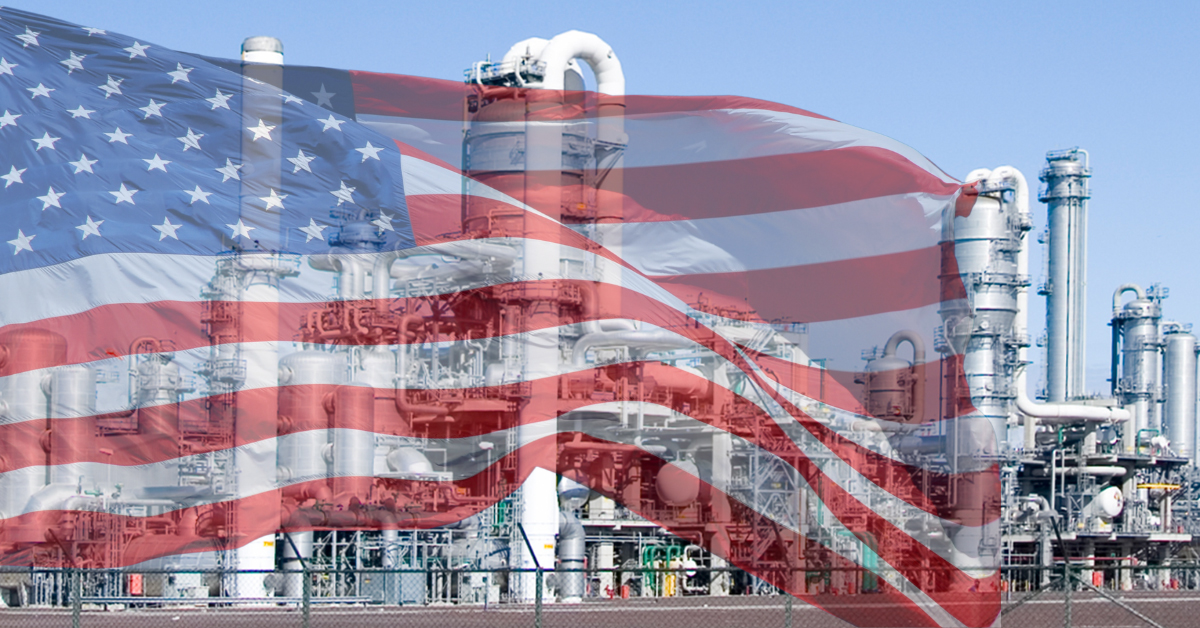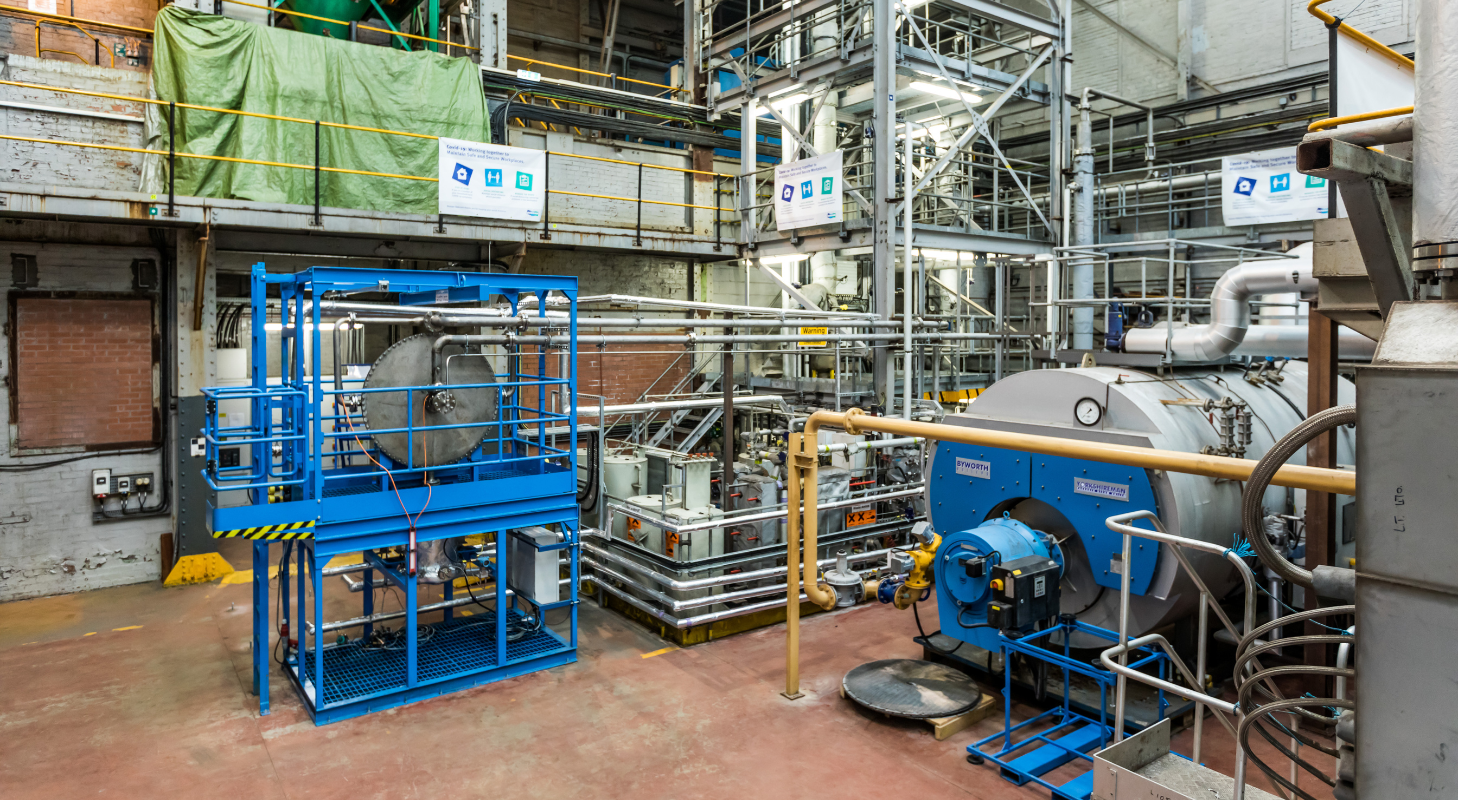Aniruddha Sharma, Chair and CEO of Carbon Clean, assesses the positives and pitfalls of the USA's flagship clean tech legislation for carbon capture worldwide.
A year on from the signing of the Inflation Reduction Act (IRA) into law by President Biden, its reverberations continue to be felt on a seismic scale.
For carbon capture and storage (CCS) development, its impact cannot be overstated. But, while it's a game-changing piece of legislation - which policymakers across the world could learn from - it's critical to understand that it's by no means the finished product.
So, what's great about it?
The legislation has opened a new frontier for CCS projects by increasing the value of tax credits available and improving accessibility to those credits. The United States is now one of the best places in the world to develop industrial carbon capture projects, protecting jobs in vital existing industries while creating new ones.
One of the great things about the IRA is it offers businesses a clear pathway to deliver CCS projects. With the expanded 45Q tax credit offering $85 per tonne of CO2 captured, and additional measures to support CCS deployment funded through the IRA, it's possible to see a secure, predictable revenue stream for projects.
Plus, by inviting all carbon capture projects which can be economically viable to proceed, rather than attempting to choose specific projects to support, the IRA also responds to the scale of the challenge that climate change poses and offers valuable lessons to policymakers in other countries.
It's smart also that, while it involves billions of dollars of investment by the US government, it is set up in such a way that companies must make substantial investments first. IRA funding doesn't arrive on day one - it comes over several years, and every single dollar of public funding is unlocking additional private investment, creating high-paying jobs, and boosting the US manufacturing sector.
But, of course, the next set of challenges are already here.
A lot of additional investment still needs to happen, and for some harder-to-abate sectors, more policy measures may be required to enable deployment at scale given that for many sectors CCS projects are hard to justify financially, even at $85 per tonne.
It's also critical that funding is prioritised for proven, scalable technologies rather than more novel, costly 'moonshot' solutions, given the scale of the challenge we face, and with the pile of sand at the bottom of the net zero timer growing day-by-day.
Policy must also focus on decarbonising the sectors that need most support. CCS has a role in the power sector, but the grid can decarbonise without it. For a range of industrial emitters, CCS is the only current option to decarbonise and, in the absence of a permanent carbon price mechanism, development of industrial decarbonisation hubs could be pivotal for harder-to-abate industries.
Many industrial sites individually are not mega emitters. Take the Gulf Coast for example - one of the USA's most industry-heavy regions that benefits from natural geology that is ideal for CO2 storage. The Environmental Protection Agency's Greenhouse Gas Reporting Program has found that of 226 industrial locations in the Gulf Coast area, 53 per cent of facilities emit under 100,000 tonnes per annum of CO2 and 73 per cent of facilities emit under 500,000 tonnes per annum. Making it quite evident that we need to make the technology available for mass adoption. Policies to support the development of CCS clusters or hubs, where carbon capture and storage infrastructure is shared, could be transformative for these small to medium size emitters in the United States.
It's additionally vital that policymakers should ensure money is being funnelled into genuine climate solutions. It's concerning that the IRA supports projects in which CCS will be used as a tool for companies to squeeze out more oil through Enhanced Oil Recovery (EOR). It's time the CCS sector moves away from EOR once and for all, or its reputation will be forever blemished. 'Green oil' claims and labels only fuel scepticism and erode public trust.
Undoubtedly, the IRA has had a transformative effect and not just on progress with emissions reductions. The entire US economy has seen the benefits. President Biden declared the legislation has already created 170,000 clean energy jobs and will create some 1.5 million jobs over the next decade, many of which are in the nation's industrial heartlands.
So, what can other regions learn from the IRA?
Increasing the scale of incentives offered to catalyse climate action in hard-to-abate industries and drawing on the power of the market are important takeaways from the IRA. Instead of 'picking winners' through competitions that limit the number of victors, the IRA has successfully created a framework for the whole clean technology market to flourish. Support is there, provided there's a sustainable business model which stands on its own feet - whether this be in CCS, battery technologies or hydrogen.
Another lesson is the need to beef up the permitting processes. There is a need to both boost capacity in the permitting system and better educate the public and decision-makers on innovative climate technology to ensure vital new infrastructure sees the light of day.
We've seen a clear commitment from the UK government in recent months, with £20bn funding (over 20 years) for CCS deployment and progress on Track-2 of the Cluster Sequencing programme. But this investment needs to grow over time if we are to attract significant private capital. As the UK's CCS vision develops there are certainly lessons to be heeded from the flexibility of the IRA's framework; lessons which could further accelerate deployment this decade and beyond.
Carbon capture is a necessity, not an option, for decarbonising industry, which accounts for 30 per cent of all global emissions. The technology is here, but the carbon capture ecosystem requires all key players - from policymakers to emitters and infrastructure developers - to be moving at speed. The IRA is a big boost, but we need a rocket firing on all cylinders for CCS to deliver at scale.
This article was first published in BusinessGreen on 24 August 2023.



